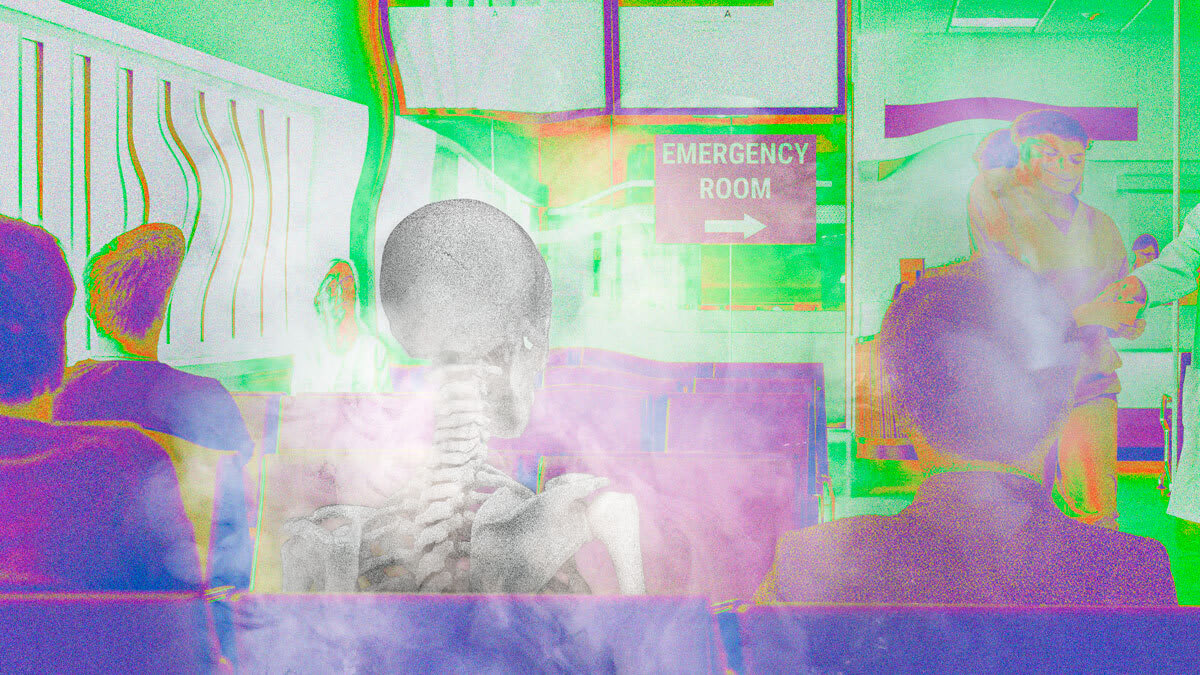What is the coronavirus from China and what are the symptoms?
The World Health Organization has declared a global health emergency over the deadly new strain of virus that has infected thousands of people and left more than 1,000 dead. Chinese officials have blocked all transportation in and out of the city of Wuhan and surrounding areas, where the outbreak of the "2019 novel coronavirus" or "2019-nCoV" originated.
The illness has spread to more than 20 countries around the world, and multiple cases have been confirmed in the U.S.
Health officials believe the virus was initially transmitted from animals to humans, but that human-to-human transmission of the flu-like illness is now occurring.
Here's what you need to know:
What is a coronavirus?
Coronaviruses are a large group of viruses that can cause illnesses as minor as a cold, or as serious as Middle East Respiratory Syndrome (MERS) and Severe Acute Respiratory Syndrome (SARS), according to the World Health Organization.
The viruses can be transmitted from animals to humans; the virus that causes SARS, for example, was originally transmitted to humans from a cat-like animal called a civet. But in some instances, as with this outbreak, they can also be transmitted from one infected person to another.
What are the symptoms?
According to the U.S. Centers for Disease Control and Prevention, the new virus can cause symptoms including fever, cough and shortness of breath. Some patients only show mild symptoms and recover, but others have developed life-threatening complications like pneumonia.
The CDC says symptoms of the "2019-nCoV" virus can appear in as few as two days or as long as 14 days after initial exposure.
How did the new strain start?
The outbreak began in Wuhan, a city of 11 million people. Many of the early patients were linked to Hua Nan Seafood Wholesale Market, a large seafood and animal market in the city, CBS News' Ramy Inocencio reported. But since then, a rising number of people have contracted the virus without exposure to the market.
The market was closed January 1, 2020, for "environmental sanitation and disinfection," according to the World Health Organization.
Where is it?
While the virus originated around Wuhan, cases have also been reported in Thailand, Taiwan, Japan, South Korea, Vietnam, Malaysia, Nepal, Singapore, the U.S., Australia, France and a growing number of additional countries.
How is it transmitted?
Similar to the flu, it's believed the coronavirus can be spread through droplets when an infected person coughs or sneezes. In one case, a hospital patient in China is said to have infected 14 medical workers, reports Inocencio.
It also appears to be possible for the virus to be transmitted by infected individuals who are not showing any symptoms at all.
U.S. health officials recommend washing your hands thoroughly and frequently to reduce the risk of illness. They say the risk for Americans remains low and there is no need to wear face masks for protection.
What's being done to stop the spread?
The World Health Organization convened an emergency committee on the virus in Geneva, Switzerland, and declared it a global health emergency on Thursday, January 30.
Meanwhile in the U.S., the CDC has deployed public health workers to screen passengers arriving from Wuhan at seven major ports of airline entry: New York-JFK, Los Angeles, San Francisco, Atlanta, Chicago-O'Hare, Seattle and Honolulu. The agency is also beefing up screening at additional "quarantine stations" around the country, airports and other places where health workers regularly check arriving travelers for signs of illness.
Leaders of a White House task force on coronavirus announced that beginning February 2, any U.S. citizen who has been in China's Hubei province in the previous 14 days will be subject to 14 days of mandatory quarantine upon returning to the U.S. In addition, they said the U.S. will enforce a temporary ban on foreigners (without family in the U.S.) who have recently visited China.
The CDC said it has developed a test to diagnose the virus. Currently, that test must be administered at the CDC, but the organization is working to share the test with domestic and international partners.
In Hong Kong, which was ravaged by SARS in 2002 and 2003, hospitals upped their alert level and implemented temperature checkpoints for inbound travelers.
While China has closed transportation in and out of Wuhan and other cities, there were concerns that as hundreds of millions of people traveled around the country to celebrate the Chinese New Year, the virus could spread even faster.
Is it safe to travel?
On January 30, the U.S. State Department upped its China travel advisory to the highest level, "Do Not Travel." It advised Americans to avoid the country due to the risk of the outbreak, and said those already in China should be prepared to encounter restrictions on their travel.
Many airlines have curtailed flights in and out of China.
The CDC is urging people to seek medical care right away if they traveled to Wuhan in the past two weeks and have a fever, cough or trouble breathing. It says older adults and people with underlying health conditions may be most at risk for severe illness from the virus.
"Preliminary information suggests that older adults and people with underlying health conditions may be at increased risk for severe disease from this virus," it said.
–Ramy Inocencio and Grace Qi contributed to this report.






